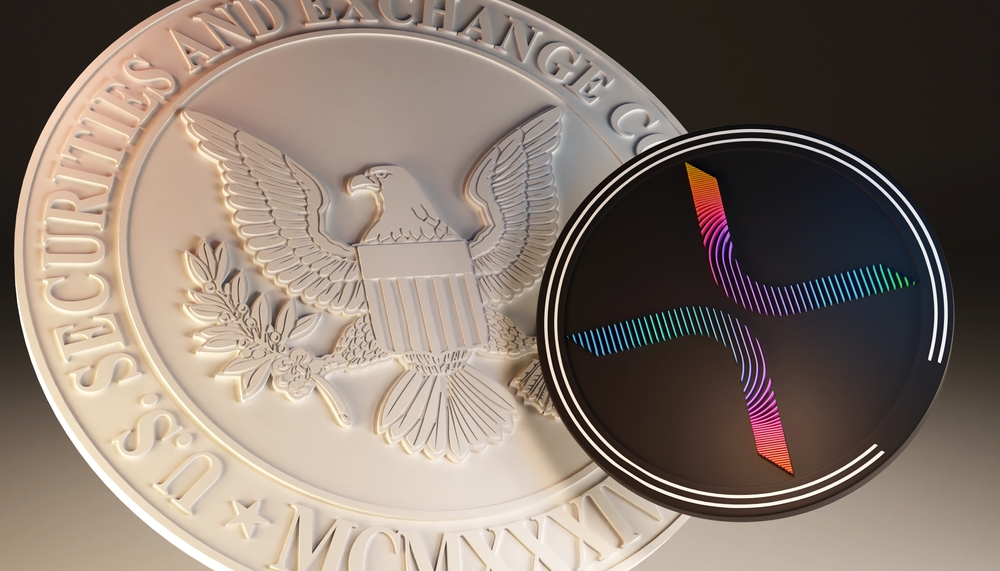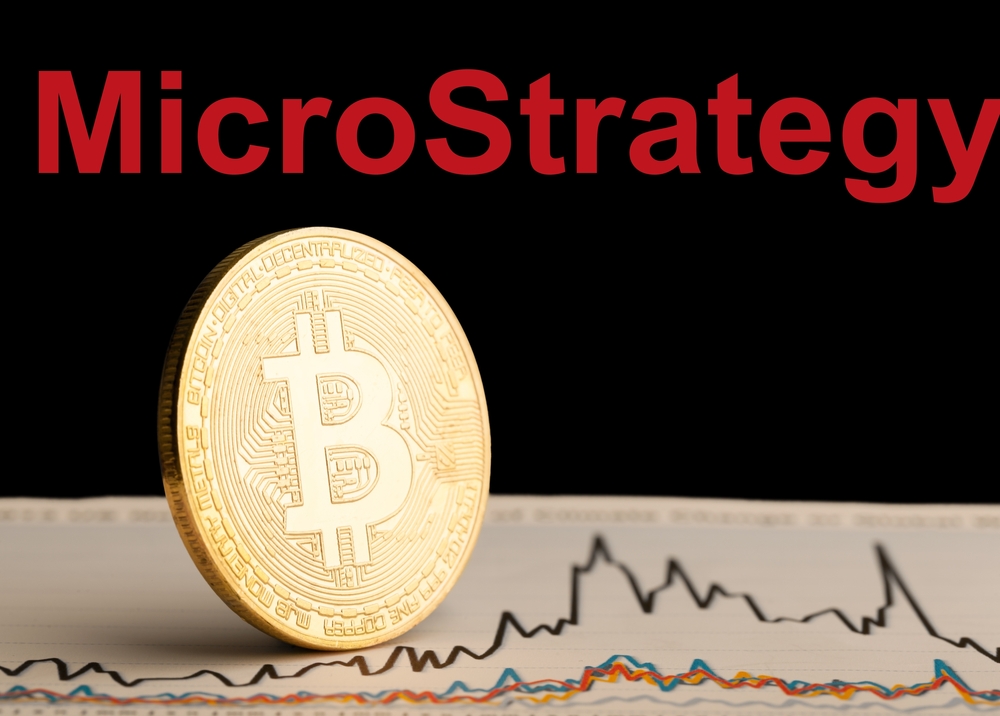In the constantly evolving landscape of digital payments, the potential collaboration between Ripple and Hedera Hashgraph represents a significant leap forward. Ripple, renowned for its XRP cryptocurrency and blockchain solutions geared towards financial transactions, offers fast and cost-effective cross-border payment services. On the other hand, Hedera Hashgraph distinguishes itself with a novel distributed ledger technology that promises enhanced speed and security over traditional blockchain networks. Together, the convergence of these two entities could signify a transformative era for payment systems on a global scale.

The interplay between Ripple’s operational protocols and Hedera’s consensus mechanisms might lead to an unprecedented standard in the payments industry, one that commits to rapid transactions and minimal fees while ensuring robust compliance with industry regulations. This synergetic partnership stands poised to address some of the most pressing challenges faced by financial institutions, including the latency and high costs associated with current cross-border payments. Moreover, their union has the potential to set new benchmarks for financial transactions, reinforcing the architecture that underpins global trade and commerce.
Table of Contents
ToggleKey Takeaways
- A partnership between Ripple and Hedera could mark a technical milestone in the payments sector.
- Such a collaboration aims to enhance the efficiency, cost-effectiveness, and compliance of cross-border payments.
- It has the potential to shift the operational standards for financial institutions on an international level.
The Background of Ripple and Hedera

Ripple and Hedera have a notable presence in the realm of blockchain technology, each with its unique approach to shaping the future of payments and cryptocurrency.
Ripple: The Company and Its Cryptocurrency
Ripple, also known by its parent company Ripple Labs, has been a significant contributor to the financial blockchain scene with its cryptocurrency, XRP. Ripple aims to revolutionize cross-border transactions by enabling instant, low-cost international payments. Different from the conventional proof-of-work model, Ripple employs a unique consensus protocol that enhances transaction security and stability.
Hedera: Overview and Differentiators
Hedera stakes its claim in the blockchain world with a novel data structure known as the hashgraph. This technology sets it apart by offering an alternative to traditional blockchains, boasting high throughput and fast transaction timeswithout compromising security. The native cryptocurrency of Hedera is HBAR, which is used to power decentralised applications and secure the network through Hedera’s public network services.
Evolution of Cross-Border Payments

The landscape of cross-border payments has witnessed a significant transformation. From the constraints of traditional systems, such as SWIFT, to the emergence of blockchain technology, the sector is embracing faster, more transparent, and cost-effective solutions.
Traditional Systems and Their Limitations
Traditional cross-border payment systems involve a complex network of correspondent banks, leading to high fees and lengthy transaction times. SWIFT, which stands for the Society for Worldwide Interbank Financial Telecommunication, has been the backbone of international finance, facilitating messaging between banks to process payments. However, traditional methods have faced criticism for their inefficiencies and opaque cost structures.
Blockchain as a Solution
The advent of blockchain has introduced a paradigm shift in how financial transactions can be executed. This distributed ledger technology allows for more transparent, secure, and rapid processing of transactions. Blockchain eliminates the need for intermediaries, often resulting in reduced costs and improved settlement times.
Impact of RippleNet and Hedera’s Technology
Ripple, through its payment network RippleNet, provides a real-time gross settlement system (RTGS), currency exchange, and remittance network. Leveraging the power of blockchain, RippleNet improves cross-border payment processes by providing an alternative to the existing SWIFT system. Meanwhile, Hedera offers an enterprise-grade public network designed to be fast and secure, using hashgraph consensus, a more efficient alternative to blockchain technology. Ripple’s collaboration with Hedera hints at a future where transactions are not only conducted concurrently but are also highly secure and efficient, revolutionizing the standard for international payments.
Strategic Partnership Developments

The partnership between Ripple and Hedera marks a significant stride in the integration of blockchain technology in the finance sector. This collaboration focuses on leveraging each other’s strengths to enhance payment systems and foster wider adoption among banks and financial institutions.
Announcements and Joint Ventures
Recent joint ventures between Ripple and Hedera have been pivotal in setting the industry’s pace for innovative payment solutions. They announced a collective endeavor to streamline cross-border transactions, committing to a shared infrastructure that can benefit banks by reducing transaction times and costs. By uniting Ripple’s XRP Ledger and Hedera’s Hashgraph technology, this partnership aims to create a hybrid framework, potentiated to become a standard in the finance industry.
Shared Goals and Missions
Both entities convey a shared mission: to revolutionize the world of finance through distributed ledger technology. Ripple brings its extensive network of financial institutions and experience in facilitating liquidity, while Hedera offers its fast, fair, and secure Hashgraph consensus algorithm. They align on the vision of establishing a borderless economy where transactions are not only efficient but also environmentally sustainable, mirroring the increasing demand for green blockchain initiatives. This partnership heralds a potential breakthrough, enticing traditional financial entities to transition towards more advanced blockchain solutions.
Technological Synergies

The potential collaboration between Ripple and Hedera could unlock advanced blockchain solutions and introduce innovative payment systems. By leveraging the unique strengths of both platforms, new opportunities in efficiency and scalability may arise.
Blockchain Technology and Innovation
Ripple has been renowned for its rapid transaction settlement capabilities which could blend well with Hedera’s high-throughput ledger services. Particularly, Ripple’s consensus protocol offers reliable transaction validations, while Hedera’s Hashgraph consensus mechanism promises a high degree of security and fairness, without the intensive computational power typical of traditional blockchain technology. The fusion of these technologies implies not only additional speed and security for transactions but also opens the door for unprecedented innovation in payment systems.
Tokenization and Smart Contracts
Tokenization is a transformative force, converting assets into digital tokens that ease transactions and tracking. Hedera supports the creation of customizable tokens that could harmonize with Ripple’s interoperability focus, paving the way for smooth cross-border payments. Moreover, the integration of smart contracts, powered by Hedera’s smart contract platform and Ripple’s XRP Ledger, could potentially establish a unified system for automating contract execution and enhancing trust in transactions. The synergy here not only streamlines payment processes but also aggressively expands their application across varied industries.
Industry Standards and Compliance
In the realm of financial transactions, adhering to industry standards and ensuring compliance are paramount for innovation and collaboration success. Ripple and Hedera’s potential partnership hinges on these aspects, especially considering the evolving landscape of financial regulations and the need for interoperability among disparate systems.
ISO 20022 Adoption
The International Organization for Standardization (ISO) 20022 framework is rapidly becoming the global standard for high-value payment systems. Financial institutions are transitioning to this standard to facilitate a consistent, streamlined approach to payment messaging. For entities like Ripple, which aims to optimize cross-border payments, embracing ISO 20022 is critical. This alignment enables Ripple’s network to communicate seamlessly with traditional systems, such as those run by SWIFT, enhancing operational efficiency. Similarly, Hedera’s ledger technology can benefit from adopting ISO 20022, ensuring its offerings are compatible with established global banking protocols and paving the way for broader adoption.
Regulatory Environment and Challenges
Regulatory clarity is a significant challenge for blockchain-based payment solutions. With financial regulators such as the Securities and Exchange Commission (SEC), led by Gary Gensler, calls for a clear regulatory framework are intensifying. This presents a dual challenge for Ripple and Hedera: not only must they ensure compliance with current standards, but they must also be prepared to adapt to emerging regulations that could redefine the landscape of digital assets and financial transactions. Ripple, which has experienced firsthand the ramifications of regulatory actions, and Hedera understand the importance of proactive engagement with regulatory bodies to foster an environment conducive to innovation while maintaining legal and financial integrity.
Impact on Financial Institutions
The envisaged collaboration between Ripple and Hedera could signify a transformative era for financial institutions. This union may catalyze far-reaching enhancements in transactional efficiency and cross-border payment processes.
Banks and Central Banks Adoption
Financial institutions are closely monitoring the potential merger of Ripple’s instant payment infrastructure and Hedera’s energy-efficient consensus protocol. Banks could see reduced transaction times and costs, positioning them more competitively in the global market. Moreover, central banks may leverage this technology to improve their existing payment systems or even develop digital currencies.
- Transaction Speed: Utilizing Ripple’s technology, banks could execute cross-border payments in seconds rather than days.
- Cost Reduction: Hedera’s consensus mechanism offers a cost-effective alternative, potentially reducing banks’ operational expenses.
Financial Inclusion and Liquidity
Financial exclusion is a pressing concern that modern technology aims to combat. A Ripple and Hedera collaboration could bridge gaps in the financial ecosystem, offering more inclusive services to unbanked populations. Further, liquidity improvements could arise from streamlined transactions, fostering a more fluid market for financial institutions.
- Increased Reach: By reducing barriers to entry, financial services could extend to previously unreachable demographics.
- Market Liquidity: Real-time settlements may enhance market liquidity, allowing financial institutions to better manage their cash flow.
In the evolving landscape of finance, collaborations like that of Ripple and Hedera might be instrumental in shaping the future of financial transactions, both domestically and internationally.
Global Payments and the Future
Navigating the labyrinth of global payments, the emergence of Central Bank Digital Currencies (CBDCs) and cutting-edge payment networks like Ripple and Hedera are paving a new path for the future of transactions. These developments promise enhanced interoperability and a marked shift away from traditional systems like SWIFT, offering a faster, more secure, and transparent way to move money across borders.
The Role of CBDCs
CBDCs represent a significant transformation in the global payment system. They are designed to utilize blockchain technology to offer a digital form of a country’s fiat currency, bolstering security and transparency in financial transactions. The integration of CBDCs can lead to a heightened level of interoperability among different payment systems, as they are built on common standards that allow for seamless transactions across borders.
Innovations in the Global Payment Network
The global payment network is on the cusp of a revolutionary shift with the advent of new blockchain solutions such as Ripple and Hedera. Ripple’s abilities for rapid cross-border payments have positioned it as a viable alternative to the SWIFT system, with the potential to reduce costs and settlement times significantly. Hedera, on the other hand, contributes a novel approach to distributed ledgers with its hashgraph consensus, which promises a high-throughput, secure, and fair transactional process. Both technologies aim to redefine the existing payment infrastructure, presenting a future where international payments are not just faster but also more inclusive and accessible.
Challenges and Considerations
The collaboration between Ripple and Hedera promises to be transformative for the payments industry, yet it faces several challenges and considerations that could impact its success. This encompasses navigating complex regulatory environments and competing in a market with rapidly emerging cryptocurrency entities.
Emerging Cryptocurrency Competitors
In an ever-expanding crypto landscape, Ripple and Hedera must strategize to maintain a competitive edge. Innovators like Bitcoin and Ethereum have already established substantial footholds, and newcomers such as Cardano aim to solve the very problems Ripple and Hedera are addressing. This rivalry necessitates continuous technological advancements and market agility from both Ripple and Hedera to remain relevant.
Navigating Regulatory Landscapes
The cryptocurrency industry is subject to varied regulatory approaches across global jurisdictions. Developing a comprehensive understanding of these legal frameworks is crucial for Ripple and Hedera’s efforts to reshape payment solutions. They must operate within these legal confines, dealing with challenges spanning anti-money laundering (AML) measures to securities laws, impacting how cryptocurrencies like Bitcoin, Ethereum, or even nascent tokens are leveraged and traded.
Case Studies and Proof-of-Concepts
The exploration of blockchain’s potential through case studies and proof-of-concepts is shaping the future of payment solutions. These emerging technologies are being tested for their ability to reduce settlement times and transform financial transactions.
Successful Implementations
Ripple’s collaboration with financial institutions in Mexico has led to the development of payment solutions that highlight significant reductions in settlement times. These solutions have proven pivotal in demonstrating the efficiency and scalability that blockchain can bring to cross-border payments. For example, Saudi Arabia has utilized Ripple’s technology for streamlining transactions in its financial sector, offering a glimpse into the possible future applications of this collaboration.
Ongoing Projects and Pilots
Projects and pilots within the financial sector continue to test and verify the potential of combined blockchain protocols. Ongoing pilots, looking to harness the power of Ripple and Hedera’s technologies, are in place to further validate their capabilities as effective payment solutions. These pilots pave the way for a solidified proof-of-concept that could revolutionize the way financial transactions are conducted on a global scale.
Voices of Leadership
Leaders within the blockchain and financial technology realm play pivotal roles in steering the industry towards innovation and improved interoperability. Key figures such as Brad Garlinghouse and Dr. Leemon Baird are instrumental in shaping the future in payments through potential collaboration between Ripple and Hedera.
Insights from Brad Garlinghouse
Brad Garlinghouse, the CEO of Ripple, has been a vocal proponent of blockchain’s potential to revolutionize the payments industry. His leadership has positioned Ripple as a global leader in this space. Garlinghouse emphasizes the importance of scalability and efficiency in payment protocols, which Ripple aims to enhance through its technology.
Dr. Leemon Baird on Collaboration
Dr. Leemon Baird, the inventor of the hashgraph consensus algorithm and co-founder of Hedera, underscores the significance of collaboration in the realm of financial technology. Dr. Baird believes in the power of distributed ledger technology to offer unprecedented security and fairness, advocating for the development of new standards in the payments industry which could be shaped by Hedera’s innovative approaches.
Frequently Asked Questions
The collaboration between Ripple and Hedera could potentially usher in transformative advancements in the payment industry. Here we explore specific queries related to their possible joint efforts.
What are the potential benefits of a collaboration between Ripple and Hedera for the payment industry?
A collaboration between Ripple and Hedera may enhance transaction speed and reduce costs, revolutionizing the payment industry by combining Ripple’s efficient payment protocol with Hedera’s fast and secure hashgraph consensus.
How could Ripple’s XRP complement Hedera’s hashgraph technology in a joint venture?
Ripple’s XRP could complement Hedera’s hashgraph technology by providing liquidity and facilitating faster cross-border transactions, while Hedera can offer scalability and increased security through its consensus algorithm.
What are the unique features of Ripple and Hedera that could lead to a breakthrough in payment solutions?
Ripple offers a global payment system that’s fast and cost-effective, while Hedera’s hashgraph technology is known for its high-throughput, fairness, and security. Their combination could create a payment solution that is distinguished by its efficiency, scalability, and robustness.
How might a partnership between Ripple and Hedera impact the future of cross-border transactions?
A partnership may significantly reduce the friction and costs associated with cross-border transactions, leading to smoother and more affordable international payments by leveraging the strengths of both technologies.
In what ways could a collaboration between Ripple and Hedera foster innovation in the cryptocurrency space?
By pooling their respective functionalities, this collaboration could lead to the development of groundbreaking applications in the cryptocurrency space, such as more sophisticated smart contracts and decentralized finance (DeFi) services.
What obstacles need to be overcome for Ripple and Hedera to successfully integrate their technologies?
Technical integration and regulatory compliance are significant obstacles. Both organizations must ensure that their technologies are interoperable and align with current regulations to achieve a fruitful integration.












